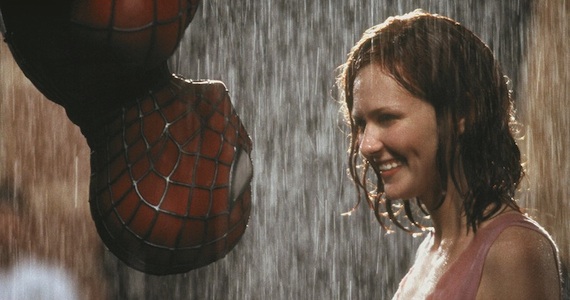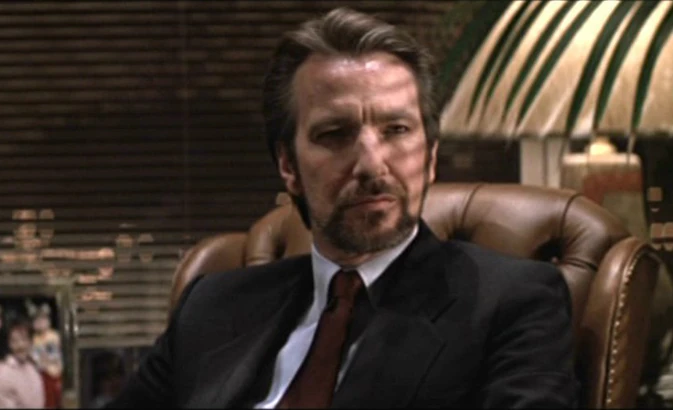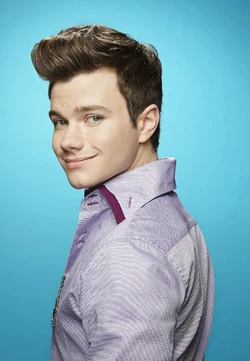Tuesday 29 September 2015
Representations of Stereotypes
In society, we have expectations of certain denominations based upon race, gender etc. These representations are often based strongly upon stereotypes, especially those exaggerated by the media.
Age:
In the media, youths and young adolescents are often portrayed as quite rude and are often obsessed with either themselves or social media/technology. This is the stereotypical view of teenagers, however, this is not necessarily true. The older age groups are often portrayed as weak and feeble and not capable of much. This is not necessarily true however there are exceptions where older people are portrayed as much more outgoing. While this is not very accurate it gives a much more positive image about old age. The middle aged group is hard to comment upon as, since this is the most used age group in TV, they are often portrayed in multiple ways depending on age, genter etc.
Gender:
In the media, females are generally portrayed as the lesser sex. They are portrayed as weaker and are often depicted doing remedial tasks such as cooking and cleaning. Men are generally stronger and engage in more "masculine" jobs like firefighter. There are exceptions, such as in TV's Chuck, however in these circumstances the roles are usually reversed making the man weaker and the woman stronger. Men and women are very rarely equal.
Race:
People normally appear differently depending on their race. The Caucasian race is depicted either normally or as superior while other races are often portrayed as minorities and appear in quite stereotypical roles.
Disability:
The disabled are often portrayed poorly in the media as they are generally portrayed as weak and thus normally appear to be the victims.
Socio-economic status:
generally, the lower your class, the worse you are depicted. In the media the lower classes are portrayed as delinquents who partake in drinking and drug abuse, like the characters in TV's Skins. The higher classes are often portrayed as quite snobby and rude and often dress in luxurious clothing that would not normally be worn. The middle class is the best portrayed class in the media as they are portrayed as normal human beings.
Nationality:
Foreigners are often portrayed poorly in the media. They are generally portrayed as different and strange, for example Indian women are often seen wearing shawls that they would not normally wear as everyday clothing. Depending on their nationality people may also be treated as evil in the media. In American media the British are often depicted as evil (like Hans Gruber in Die Hard) and in British films like James Bond the Russians are often the villains.
Sexuality:
Homosexuals are somewhat of a rarity in the media. When they are shown they are often portrayed in a negative manner since they often act in an extremely camp manner or are shown going for any man they can get. By far the heterosexuals are shown in the best light since they get to act like normal people. Bisexuals are very rarely depicted.
Thursday 17 September 2015
Linear Shots
A linear shot is one long continuous shot taken with a moving camera. Linear shots are used most commonly in dramas. This is because these long shots are useful for setting the tone of a film/TV show. For example, a shot tracking a man walking down the street can show, via his posture/expression/etc., what mood he is in and thus whether the film has a light or dark tone.
This episode of It's Always Sunny In Philadelphia
was filmed almost entirely as one continuous shot
POV and Over the Shoulder Shots
POV (Point of View) Shots:
POV shots are not the most commonly used shots in film and TV. They are used to show the perspective of characters or objects in the world or to hide the identity of specific characters. These are most commonly used in horror films to show the perspective of the creature/murderer approaching a character.
Over the Shoulder Shots:
Over the shoulder shots are commonly used in conversation. This is because it allows the viewer to see the person talking from the perspective of the other person while keeping them in shot. These shots are also used to hide the identity of speakers in conversation or to show an object in the hands of a character.

POV shots are not the most commonly used shots in film and TV. They are used to show the perspective of characters or objects in the world or to hide the identity of specific characters. These are most commonly used in horror films to show the perspective of the creature/murderer approaching a character.
Over the Shoulder Shots:
Over the shoulder shots are commonly used in conversation. This is because it allows the viewer to see the person talking from the perspective of the other person while keeping them in shot. These shots are also used to hide the identity of speakers in conversation or to show an object in the hands of a character.

Shot Reverse Shot
These shots are commonly used in conversation. This is because these shots involve a series of separately filmed shots edited together to make one scene. However these differ from match on action shots since the shots edited together will be the reverse of each other. For example, in a scene where two characters are having a conversation shots of each character could be edited together so that the viewer can see who is talking while they are talking. This allows the viewer to see facial expressions and queues that allude to a deeper meaning in the overall story.
Match on Action
Match on action involves a series of separately filmed shots edited together to make one continuous scene. This type of shot is commonly used in action movies for fight scenes containing several characters at once.
Wednesday 16 September 2015
ABC1

The ABC1 table deals vastly with stereotypes. The ABC1 Table is used to show how specific films would be marketed at specific audiences. For example, escapism films (like Fast and Furious) are more likely to appeal to those in the C2-E range. While, the more dramatic films (like Schindler's List) are more likely to appeal to those in the A-C1 range.
Sunday 13 September 2015
Special Shots
Usage:
There are several types of special shot:

In this scene from one of the Harry Potter sequels, a high angle shot has been used. This is because Harry has just been knocked to the ground by a dementor. The low angle shot is used to show how powerless Harry is in this scenario as he is being looked down upon by the dementor and the viewer.
There are several types of special shot:
- Two Shot
- Over the Shoulder Shot
- Interviewee looks/talks into space in the frame (and towards the interviewer)
- Moving subject walks into space
- Tilted frame
- Low angle shot (looking up)
- High angle shot (looking down)
- Point of view shot

In this scene from one of the Harry Potter sequels, a high angle shot has been used. This is because Harry has just been knocked to the ground by a dementor. The low angle shot is used to show how powerless Harry is in this scenario as he is being looked down upon by the dementor and the viewer.
Medium and Long Shots
Usage:
Medium and long shots are used to show the viewer the environment/setting surrounding the character(s) on screen. This relieves tension as the surroundings are no longer a mystery to the viewer and because of this comforting effect, these shots are often used in comedies. These shots can however be used together to create a dramatic effect in needed, for example a scene could start with a BCU that then panned into a MLS (Medium Long Shot), slowly revealing the surroundings to the viewer.
Example:

In this scene from Cowboys & Aliens, a MLS has been used. This is used for several reasons. Firstly it shows the surrounding environment of the main character and that the streets are completely clear, creation a sense of tension. Secondly the shot shows the light of an alien ship in the distance in front of the main character. This shows that viewer what the main character will be up against which creates a further sense of tension as the shot also shows how unequipped the main character is. The MLS has been used so that the viewer can see that the main character is equipped with nothing more than a revolver pistol in his battle against an alien ship.
Medium and long shots are used to show the viewer the environment/setting surrounding the character(s) on screen. This relieves tension as the surroundings are no longer a mystery to the viewer and because of this comforting effect, these shots are often used in comedies. These shots can however be used together to create a dramatic effect in needed, for example a scene could start with a BCU that then panned into a MLS (Medium Long Shot), slowly revealing the surroundings to the viewer.
Example:

In this scene from Cowboys & Aliens, a MLS has been used. This is used for several reasons. Firstly it shows the surrounding environment of the main character and that the streets are completely clear, creation a sense of tension. Secondly the shot shows the light of an alien ship in the distance in front of the main character. This shows that viewer what the main character will be up against which creates a further sense of tension as the shot also shows how unequipped the main character is. The MLS has been used so that the viewer can see that the main character is equipped with nothing more than a revolver pistol in his battle against an alien ship.
Close-Up Shots
Usage:
Close-up shots can be used for a myriad of reasons. For example, they could be used to hide a background/setting from the viewer however they could also be used to exaggerate the emotion on an actor's face. They could also be used together for different effects, for example, a big close up could pan out to a medium close up, slowly revealing the environment to the viewer.
Example:

This is a shot from the film Taken. This BCU (Big Close Up) shot is used to create a sense of drama. This effect is achieved as, in this scene, the girl depicted is unaware of her surroundings which is a terrifying situation in which to be. The viewer, by not being shown the surroundings thanks to the BCU is pulled into feeling the terror felt on screen by the main character's daughter.
Close-up shots can be used for a myriad of reasons. For example, they could be used to hide a background/setting from the viewer however they could also be used to exaggerate the emotion on an actor's face. They could also be used together for different effects, for example, a big close up could pan out to a medium close up, slowly revealing the environment to the viewer.
Example:
This is a shot from the film Taken. This BCU (Big Close Up) shot is used to create a sense of drama. This effect is achieved as, in this scene, the girl depicted is unaware of her surroundings which is a terrifying situation in which to be. The viewer, by not being shown the surroundings thanks to the BCU is pulled into feeling the terror felt on screen by the main character's daughter.
Thursday 10 September 2015
Thriller: Mise en scene
Costume:
Police
Hoodies/jeans (delinquent clothes)
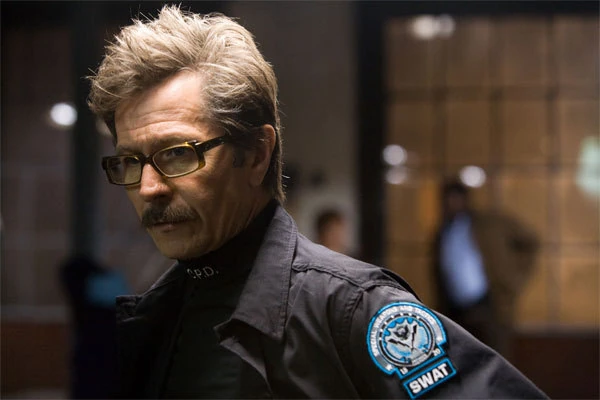
Makeup:
Wounds
Props:
Guns
Knives
Other weapons
Drugs

Setting:
Alleyways
Diners
Apartments
Drug production locations

Lighting:
Dark
Police car lights
Helicopter spotlights
Stance:
Depressed (hunched over)
Use of colour:
Red/blue for police car lights
Sound:
Sirens
Gunshots
(Possible) Narrator
Police
Hoodies/jeans (delinquent clothes)

Makeup:
Wounds
Props:
Guns
Knives
Other weapons
Drugs

Setting:
Alleyways
Diners
Apartments
Drug production locations

Lighting:
Dark
Police car lights
Helicopter spotlights
Stance:
Depressed (hunched over)
Use of colour:
Red/blue for police car lights
Sound:
Sirens
Gunshots
(Possible) Narrator
Comedy: Mise en scene
Costume:
Big bow ties
Big suits
Regular/casual clothes - depending on setting

Makeup:
None to little
Props:
Banana peel
Rake
Deep puddles

Setting:
Depends on plot (e.g. Parody)

Lighting:
Bright
Sun
Stance:
Normal stance
Confident
Use of colour:
Bright
Sound:
Boing sounds
Laugh track
Big bow ties
Big suits
Regular/casual clothes - depending on setting

Makeup:
None to little
Props:
Banana peel
Rake
Deep puddles

Setting:
Depends on plot (e.g. Parody)

Lighting:
Bright
Sun
Stance:
Normal stance
Confident
Use of colour:
Bright
Sound:
Boing sounds
Laugh track
Horror: Mise en scene
Costume:
Cloaks/capes
Blood/wounds
Black/dark clothes
Torn clothes

Makeup:
Gore
Wounds

Props:
Various weapons
Detached heads
Pumpkins
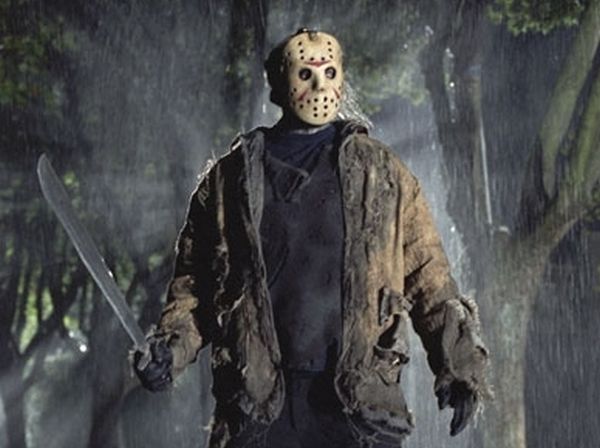
Setting:
Woods
Cabins
Castles
Apartments
Abandoned buildings
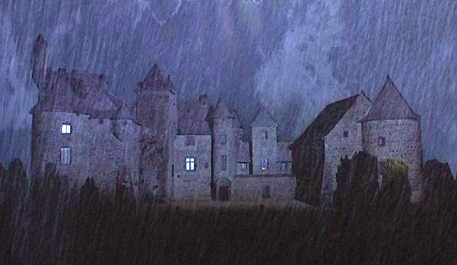
Lighting:
Dark/dull
Torchlight
Fire
Candles/lanterns

Stance:
Cowering
Towering with raised hands
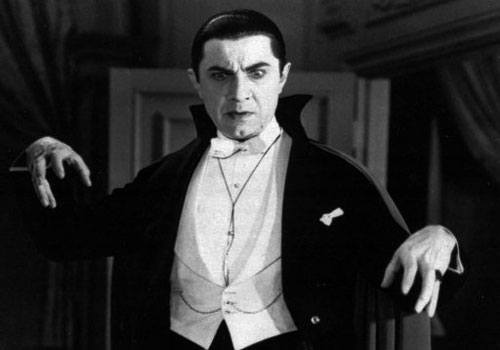
Use of colour:
Red
Sound:
Screams
Strange noises (depending on monster - e.g. The Grudge)
Heavy breathing
Cloaks/capes
Blood/wounds
Black/dark clothes
Torn clothes

Makeup:
Gore
Wounds

Props:
Various weapons
Detached heads
Pumpkins

Setting:
Woods
Cabins
Castles
Apartments
Abandoned buildings

Lighting:
Dark/dull
Torchlight
Fire
Candles/lanterns

Stance:
Cowering
Towering with raised hands

Use of colour:
Red
Sound:
Screams
Strange noises (depending on monster - e.g. The Grudge)
Heavy breathing
Action: Mise en scene
Costume:
Vests
Uniforms

Makeup:
Bald/shaven head
Wounds

Stance:
Aggressive
Muscular
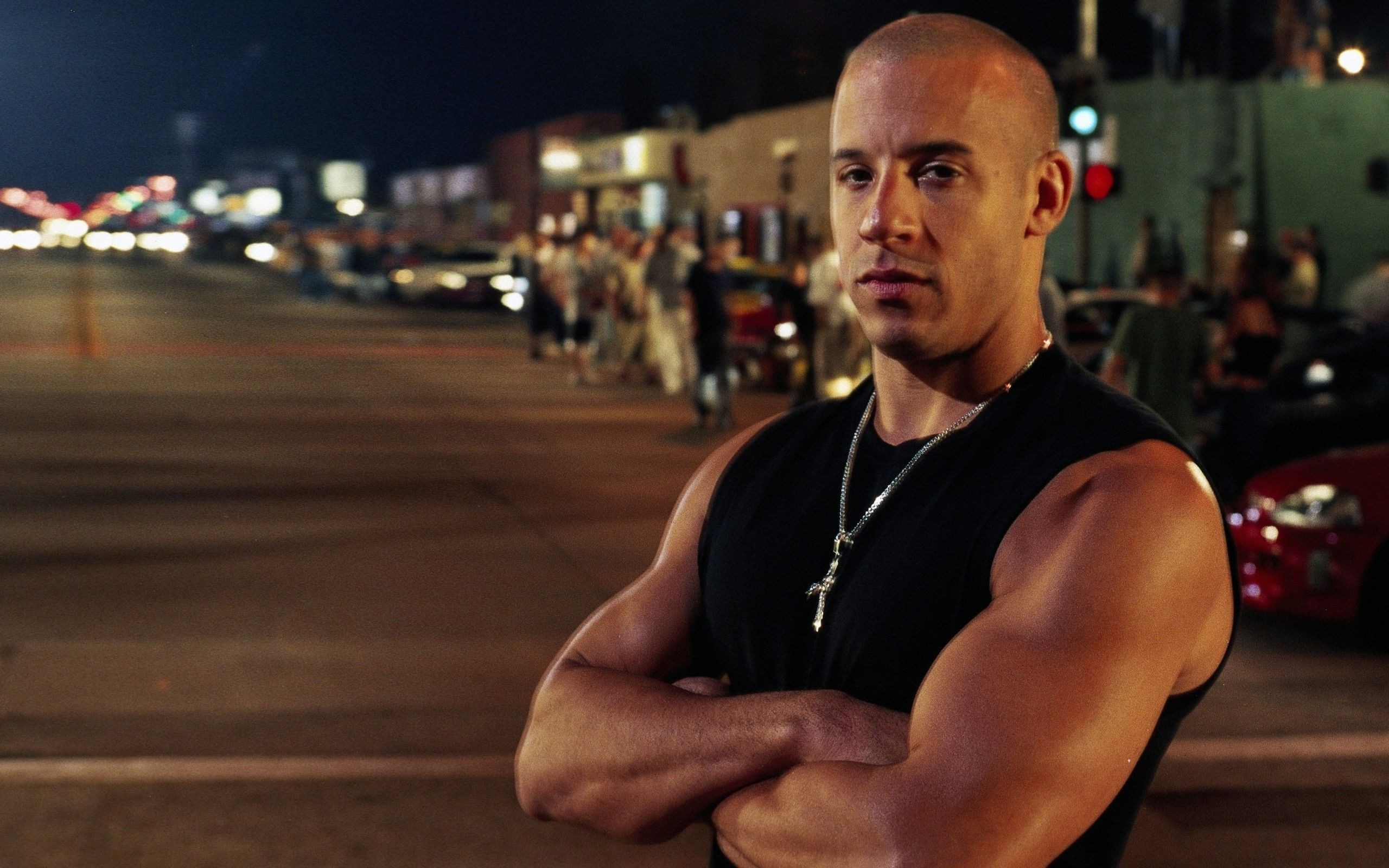
Lighting:
Explosions
Native(natural)
Lighting
Muzzle flash

Sound:
Upbeat music
Gunshots
Setting:
War zones
Buildings
(Destroyed) Cities

Props:
Guns
Knives/swords
Various other weapons
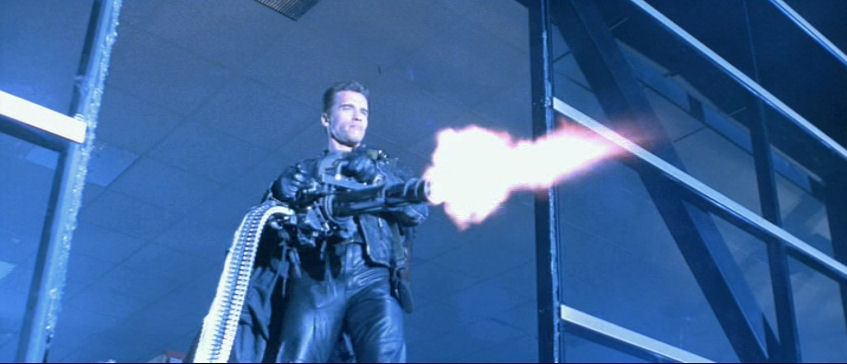
Use of colour:
Red (blood)
Yellow/white/orange (Muzzle flash/explosions)
Vests
Uniforms

Makeup:
Bald/shaven head
Wounds

Stance:
Aggressive
Muscular

Lighting:
Explosions
Native(natural)
Lighting
Muzzle flash

Sound:
Upbeat music
Gunshots
Setting:
War zones
Buildings
(Destroyed) Cities

Props:
Guns
Knives/swords
Various other weapons

Use of colour:
Red (blood)
Yellow/white/orange (Muzzle flash/explosions)
Mise en scene - Setting the scene
Costume
Makeup
Props
Setting/location
Lighting
Stance
Use of colour
Sound - diegetic/non-diegetic
Makeup
Props
Setting/location
Lighting
Stance
Use of colour
Sound - diegetic/non-diegetic
Monday 7 September 2015
Sunday 6 September 2015
Subscribe to:
Posts (Atom)




